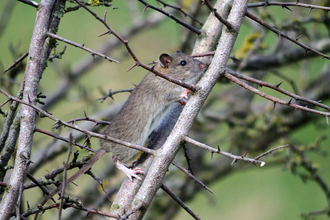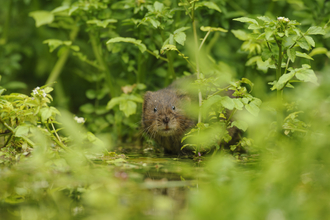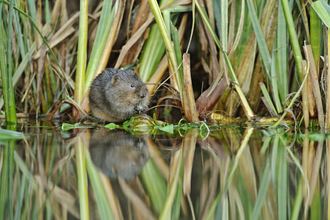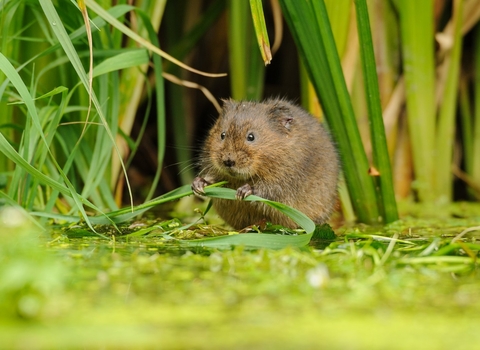
Terry Whittaker/2020VISION
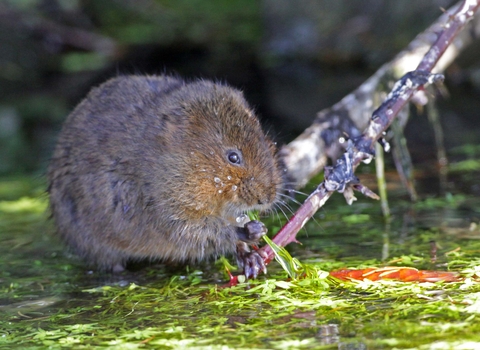
©Margaret Holland
Water vole
Scientific name
Arvicola amphibiusWhen to see
January to DecemberSpecies information
Category
Statistics
Length: 14-22cmTail: 9.5-14cm
Weight: 150-300g
Average lifespan: 0.5-1.5 years
Conservation status
Habitats
About
The water vole lives along rivers, streams and ditches, around ponds and lakes, and in marshes, reedbeds and areas of wet moorland. Look out for the signs of water voles, such as burrows in the riverbank, often with a nibbled 'lawn' of grass around the entrance.Water voles like to sit and eat in the same place, so piles of nibbled grass and stems may be found by the water's edge, showing a distinctive 45 degree, angled-cut at the ends. 'Latrines' of rounded, cigar-shaped droppings may also be spotted. Water voles start to breed in spring, having three to four litters a year of up to five young.
How to identify
The water vole has chestnut-brown fur, a blunt, rounded nose, small ears, and a furry tail. It is much bigger than other vole species. Scotland’s water voles often appear darker, with many having a black coat.The similar brown rat is larger, with grey-brown fur, a pointed nose, large ears that protrude from its fur, and a long, scaly tail.
Distribution
Still widespread throughout mainland UK, though range and numbers have significantly declined. Absent from the Channel Islands, Isles of Scilly, Scottish islands, Northern Ireland and the Isle of Man.Did you know?
The water vole is famously known as 'Ratty' in Kenneth Grahame's classic children's tale, The Wind in the Willows. Despite being sometimes referred to as a 'water rat', there is no such thing - there are brown rats, black rats and water voles.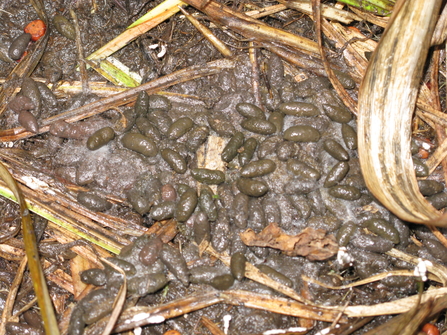
Water vole droppings © Darren Tansley
Water vole poo
Though they inhabit similar wetland habitats, the droppings of water voles and rats have several key differences. Water voles leave their droppings in large ‘latrines’ (piles), close to the water, whereas rats leave theirs in smaller numbers along paths.
Water vole droppings are smaller than rat droppings and are rounded at both ends; rat droppings are flattened at one end and pointy at the other. Water vole droppings are green, brown or purple, have a putty-like texture and no strong smell. Rat droppings are light brown to black, slimy and soft, and smell unpleasantly like wee. Mice produce very similar droppings to rats, but they are much smaller.
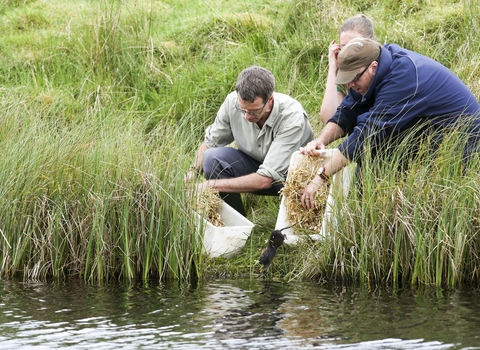
Water vole release - John Millard

